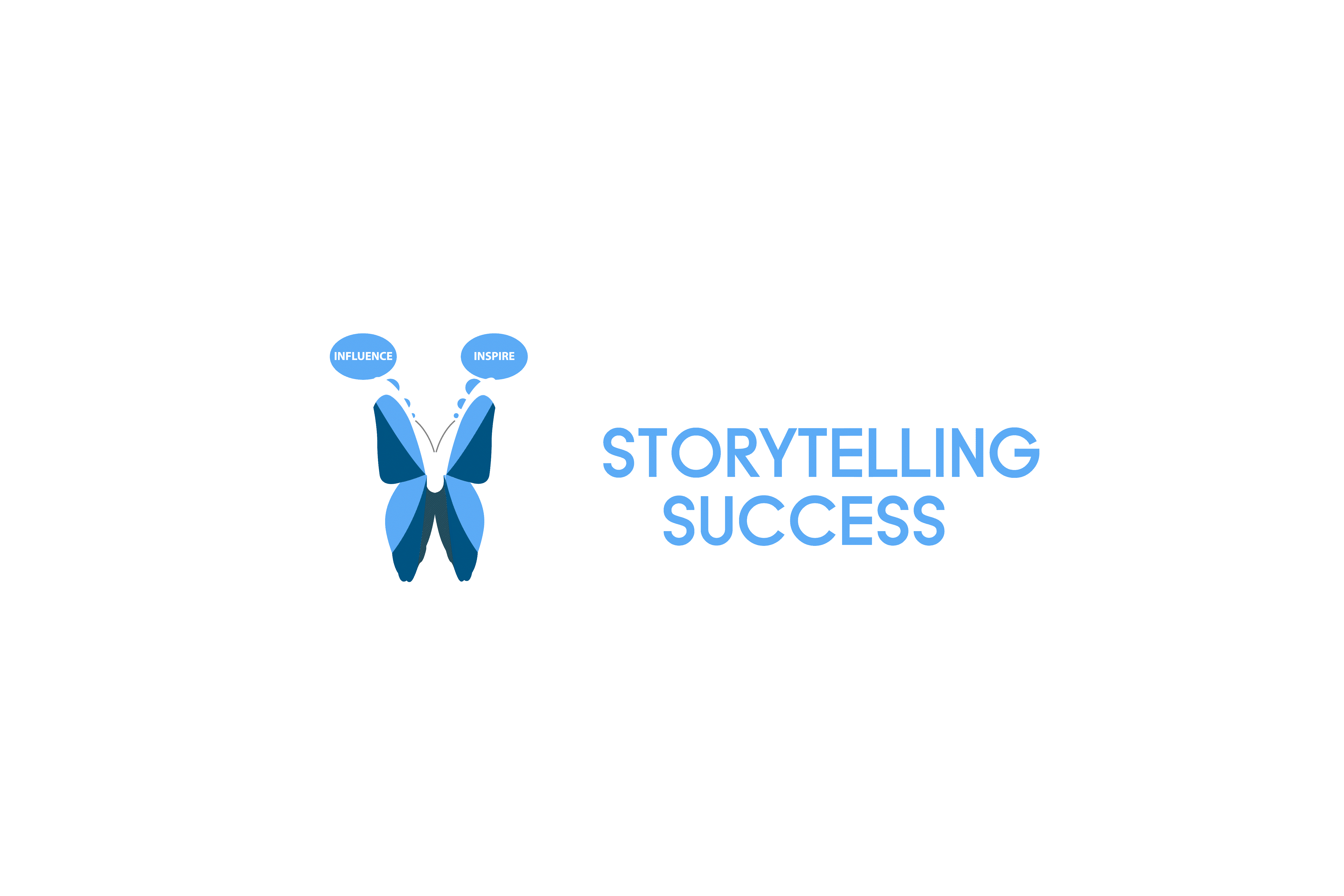The Power of Trust in Leadership
- David Ghodsizadeh

- Sep 23
- 4 min read
Updated: 37 minutes ago
Trust is the foundation of any successful team. Without it, collaboration falters, and innovation stalls. But how do we cultivate this essential element? The answer lies in our ability to connect with one another.
How Storytelling Helps Power Trust at Work
It’s 2014 and fairly early in my marketing career at Samsung. I begin to experiment with storytelling in various situations. During team meetings, 1-1 check-ins, all-hands meetings, and later customer engagements and public speaking appearances.
I use it to strategically build trust and empathy with my team members by highlighting who I am and why I care about our working relationship.
I carefully notice how these stories shape the people around me. They lean in. They share more things about them that nobody else knows. They build confidence in their abilities because they feel safer being themselves.
Our team becomes tighter than before. Our performance improves significantly, despite facing headwinds like supply/demand challenges in the market. Knowing that we can lean on each other helps us overcome these obstacles.
But it’s not until a deeply personal moment outside of work that I fully realize storytelling’s power to connect complete strangers.

Stories Connect Strangers
December 12, 2015. Asilomar Lodge in Monterey, California.
It's the first family week of my wife's eating disorder program. I'm sitting in a room full of 100 strangers. Family members from across the U.S. gather to support their loved ones in treatment.
The goal of this event is to reconnect the families after being apart. It’s meant to be a safe space to open up and discuss how to support each other in better ways. This experience is emotionally draining for all of us. Everyone feels like they're walking on eggshells.
Duh! We’re in a room full of strangers...
The session leader encourages the patients to talk first. Crickets. They walk around the room with the mic in their hand. Nobody is reaching to grab it.
I stand up and start speaking. Not to talk specifically about my experience with my wife. I tell a story about losing the trust of someone I am the closest to - my dad - and how it is one of the lowest points of my life.
My message to the families is that trust is everything. You can spend your entire life building trust with someone and then it can fall apart after one incident. You may not trust each other now, but don't let that stop you from trying to repair the wounds moment by moment.
I look around the room and see a majority of people nodding. One of the patients takes the mic and begins to cry. They admit for the first time that their parent's drinking problems affect them growing up. “It's one of the main reasons why I become anorexic. It made me feel safe.” they say.
When they couldn't trust their parents, they turn to the eating disorder. The parents had no idea.
This is a breakthrough moment.
Not a single dry eye in the room. More and more people start speaking. This is the moment where I realize the potential for storytelling to connect strangers.
Tips to Apply Storytelling in the Workplace
My philosophy is that if you can tell a vulnerable story in front of strangers and connect with them, you can definitely leverage it in the workplace to build tighter bonds with people you know and work with on a daily basis.
Listen First
Listen first. Learn what makes your team unique: their needs, pain points, and reservations. Make them feel heard.
Tell Stories with Purpose
Tell stories with purpose. Be authentic, vulnerable, and clear on the takeaway. Share lessons that help others.
Keep the Conversation Alive
Keep the conversation alive. Stay supportive, empathize, and create a safe environment where trust grows.
Are you facing roadblocks in your team performance? Do you want to learn a proven way to build trust and elevate productivity? Start by sharing your life-changing personal stories. What story could you share this week to strengthen trust on your team?
The Impact of Trust on Team Dynamics
Trust is not just a feel-good concept; it has tangible effects on team dynamics. When trust is present, team members are more likely to collaborate effectively. They share ideas freely and feel comfortable taking risks. This leads to innovation and improved problem-solving.
Conversely, a lack of trust can create a toxic environment. Team members may withhold information, avoid collaboration, and become disengaged. This can lead to high turnover rates and decreased productivity.
Building a Culture of Trust
To foster a culture of trust, leaders must model the behavior they wish to see. This means being transparent, admitting mistakes, and encouraging open dialogue. When leaders demonstrate vulnerability, it sets the tone for the entire team.
The Role of Storytelling in Trust-Building
Storytelling plays a crucial role in this process. By sharing personal experiences, leaders can humanize themselves. This encourages team members to do the same, creating a ripple effect of openness and authenticity.
In conclusion, storytelling is a powerful tool for building trust in the workplace. It fosters connection, encourages vulnerability, and ultimately leads to higher performance.
Until next time, keep your stories alive.
David Ghodsizadeh is the founder of Storytelling 4 Success, a business that teaches technical professionals and executives how to connect, lead, and inspire in the workplace through leadership storytelling. Everyone has a story to tell. Do you know how, why, where, and when to tell yours?




Comments